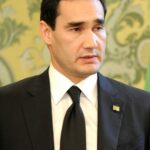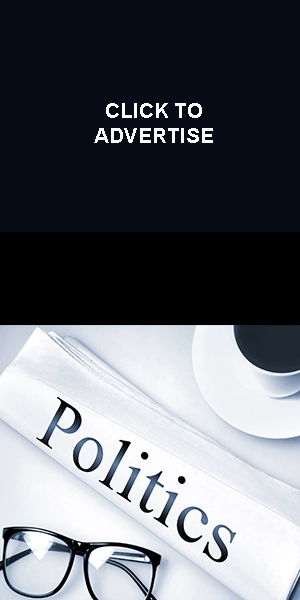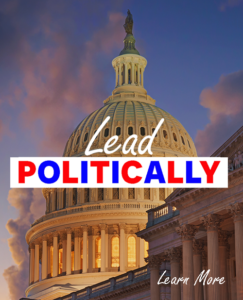Politics
Turkmenistan Politics
This page explores Turkmenistan’s political structure incorporating real-time RSS feed news and videos. By harnessing the power of RSS feeds, visitors can stay informed about the latest developments in Turkmenistan’s politics as they happen. The dynamic nature of these feeds ensures that users receive up-to-the-minute updates on political events, policy changes, and significant milestones, enabling them to stay abreast of the ever-evolving political scene.

His Excellency
Serdar Berdimuhamedow
President of Turkmenistan
Incumbent
Assumed office
March 2022
Image credit
Turkmenistan operates as a presidential republic, characterized by a political structure where the President serves as both the head of state and head of government. The President of Turkmenistan holds extensive powers and is elected by popular vote for a seven-year term. The country’s political landscape is dominated by the Democratic Party of Turkmenistan, and the presidential elections are often marked by a lack of genuine political competition. The absence of a true multi-party system has led to concerns about political pluralism and the protection of civil liberties.
The legislative branch of Turkmenistan, known as the Mejlis, is a unicameral parliament. Members of the Mejlis are elected by popular vote for five-year terms, and the political composition is carefully managed to maintain a majority supportive of the President’s policies. The Mejlis plays a role in approving the President’s initiatives but generally operates within the framework set by the executive branch. Turkmenistan has been criticized for limited political freedoms, restrictions on the media, and a lack of transparency. The state controls much of the media, and political opposition is effectively suppressed. The country’s political system is known for its emphasis on a personality cult surrounding the President, with extensive state propaganda promoting the leader’s image. In conclusion, Turkmenistan’s political structure is marked by a strong presidential system, limited political pluralism, and a dominant ruling party. The country faces challenges related to political freedoms, economic diversification, and human rights. The centralized control exerted by the President has contributed to a political environment that lacks the diversity and dynamism characteristic of more open and participatory systems.
Unless other sources are listed, original content is provided by ChatGPT. ChatGPT may produce inaccurate information about people, places, or facts. #Turkmenistan #TurkmenistanPolitics #TurkmenistanNews #TurkmenistanNewsToday #TurkmenistanRSSFeed #BlahFace



